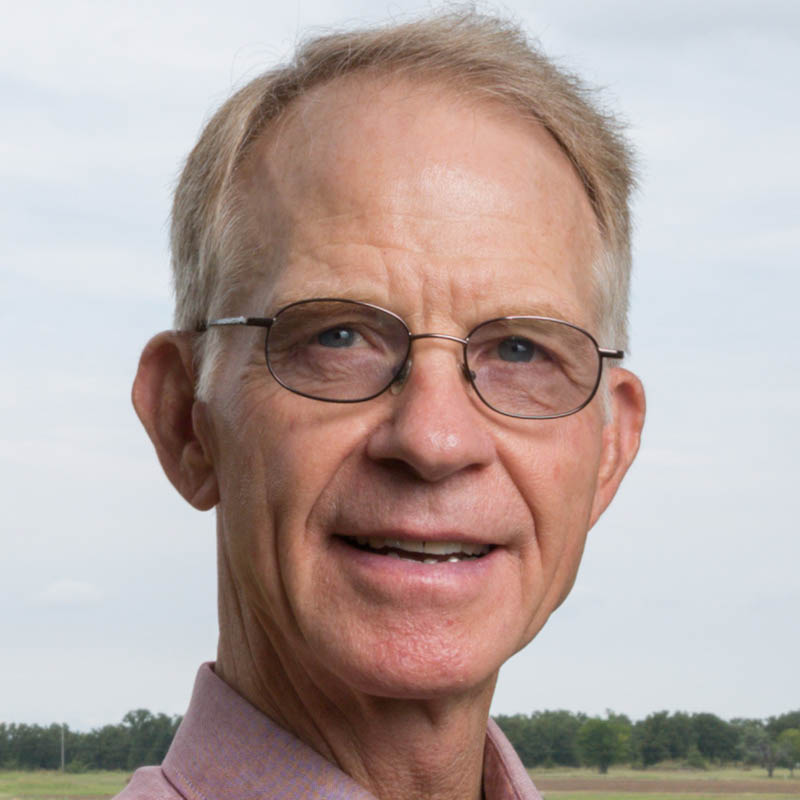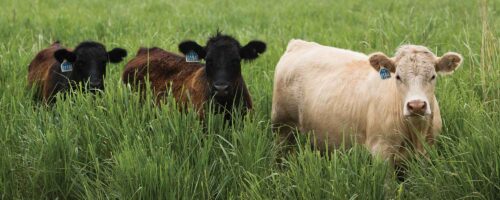The 40-year-long Look
The longest-tenured agricultural consultant revisits the organization's past and progression.
When I started working at the Noble Foundation in 1978, I became the 73rd employee.
Within a short time, I knew the name of every co-worker, the name of their spouse and how many children they had. We operated as two divisions (Biomedical and Agricultural). There was a soils laboratory where soil was analyzed, mostly for the farmers and ranchers we worked with. There was also a print shop that performed most of our printing needs.
The organization owned three farms: Headquarters, Pasture and Demonstration Farm, and the Red River Demonstration and Research Farm. The farms used horses to aid in cattle handling. There were no four-wheelers or side-by-sides, though we did purchase a few three-wheelers for farm use in the early 1980s. No irrigation existed on any of the farms except for a small drip-irrigated pecan and peach orchard located on the Red River Farm. Many types of forages were used to grow various classes of cattle. However, the farms were mostly used to grow consultants. Each farm was managed by one of the three consultation teams, which provided great opportunities for consultants to gain experience and knowledge. All consultation plans and letters were handwritten by consultants then typed on paper with carbon copies so a copy would be available for the file.
In the early 1980s, we received a hard copy memo from Bud Patterson, Ph.D., who directed the Biomedical Division. They had recently purchased a fax machine, and anyone was welcome to use it. We wondered why we would ever need a fax machine. In the 1980s, we also received monitors and keyboards that were connected to an IBM computer in downtown Ardmore. We were excited to have access to a word processor where you could backspace to correct a mistake and not have to use Liquid Paper.
The 1980s was a tough decade for production agriculture. The decade started off with one of the driest years on record with 66 days in a row of triple-digit temperatures during June, July and August. The cost of credit changed from being very low to very high. I spent many days with farmers and ranchers in bankruptcy court trying to convince the judge and creditors to agree to work out plans. It was a decade that greatly matured me and many of my fellow consultants.
The ’80s eventually gave way to the ’90s and the beginning of the Noble Foundation’s commitment to computer technology. We hired our first information technology employee in 1994 and sent our first texts by cellphone in the early 2000s. The rate of technology change became rapid, and we worked to stay current on the technology curve.
As I begin my 40th year at the place we now call the Noble Research Institute, I feel fortunate to be part of this organization. The organization, which now employs nearly 400 people, has allowed me to grow professionally and personally by supporting me with resources and surrounding me with great people. With the recent name change and separation of activities, the trustees and leadership have positioned us well for future success. However, the most valuable asset of this organization is its people. Our future is only limited by what we can imagine. I am thankful for having been a part of the Noble Foundation’s history, and I am excited to be part of the Noble Research Institute’s future.



Comment